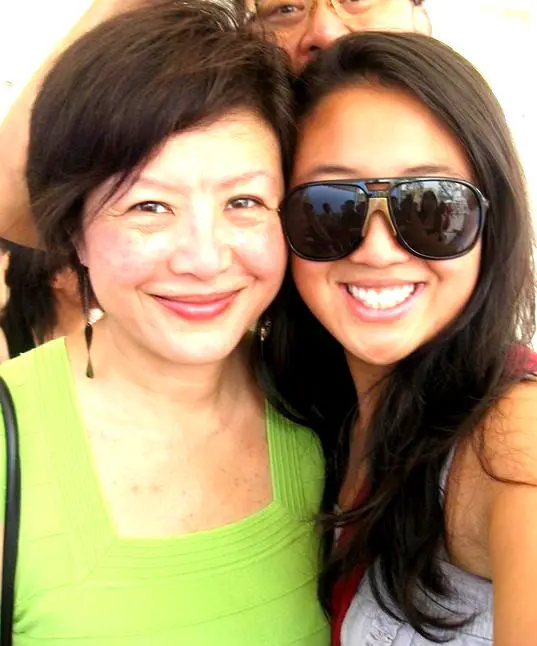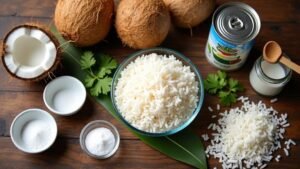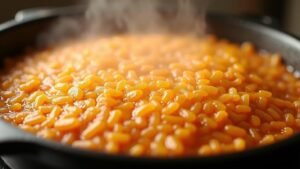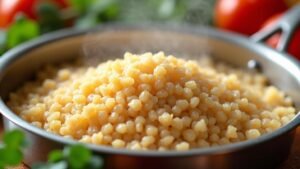Cooking rice is a fundamental skill in the kitchen, but if you find yourself at a high altitude, you may encounter some challenges in achieving perfectly cooked rice.
That’s because the lower atmospheric pressure and reduced boiling point can affect the cooking process, leading to undercooked or mushy rice.
In this article, we will explore the common issues faced when cooking rice at high altitudes and provide you with valuable tips to ensure your rice turns out fluffy and delicious every time.
Table of Contents
Understanding the Challenges of Cooking Rice at High Altitudes
Impact of High Altitudes on Cooking Rice
When you cook rice at high altitudes, the reduced atmospheric pressure causes water to boil at a lower temperature. As a result, the conventional cooking times and ratios for rice may not yield the desired results. This can lead to rice that is either undercooked or overcooked.
Common Issues When Cooking Rice at High Altitudes
At high altitudes, some common problems encountered while cooking rice include unevenly cooked grains, sticky or mushy texture, and longer cooking times. These issues can be frustrating, but with a few adjustments to your cooking method, you can overcome them and achieve perfect rice every time.
Tips for Cooking Perfect Rice at High Altitudes
To cook rice perfectly at high altitudes, consider the following tips:
Adjusting the Water-to-Rice Ratio
At higher altitudes, it’s essential to adjust the water-to-rice ratio to compensate for the lower boiling point. Generally, you’ll need slightly more water than usual. Start by adding an extra 1/4 cup of water for every cup of rice you cook and make further adjustments based on your preferences.
Pre-Soaking the Rice
Pre-soaking the rice for 15-30 minutes before cooking can help reduce the cooking time. Soaking allows the grains to absorb water and soften, resulting in more evenly cooked rice.
Using a Pressure Cooker
A pressure cooker can be a game-changer when it comes to cooking rice at high altitudes. It creates a sealed environment with higher pressure, allowing the rice to cook faster and more evenly. Follow the manufacturer’s instructions for cooking times and water ratios.
Monitoring Cooking Time
Keep a close eye on the cooking time when preparing rice at high altitudes. You may need to increase the cooking time compared to sea level. It’s better to slightly overcook the rice than to end up with undercooked grains.
Using an Electric Rice Cooker
An electric rice cooker can simplify the rice cooking process at high altitudes. These devices typically have built-in sensors that adjust cooking times and temperatures automatically, resulting in consistent and perfectly cooked rice.
Adding Oil or Butter to the Rice
To prevent the rice from sticking together, consider adding a small amount of oil or butter to the cooking water. This will help lubricate the grains and make them fluffier.
Additional Considerations for High-Altitude Rice Cooking
To further enhance your high-altitude rice cooking experience, keep the following considerations in mind:
Choosing the Right Type of Rice
Different rice varieties have different cooking characteristics. Opt for medium or long-grain rice, such as jasmine or basmati, as they tend to yield better results at high altitudes. These varieties are less prone to becoming overly sticky or mushy.
Understanding the Rice Variety
Each rice variety has its ideal cooking method, even at high altitudes. Familiarize yourself with the specific requirements of the rice you are using to achieve optimal results.
Acclimating to Your Specific Altitude
Keep in mind that the adjustments needed for high-altitude rice cooking can vary depending on the altitude you are at. Experiment with different techniques and cooking times to find the perfect balance for your specific location.
Testing and Adjusting Techniques
Cooking perfect rice is often a trial-and-error process. Don’t be discouraged if your first attempts don’t yield the desired results. Keep testing and adjusting your techniques until you find the method that works best for you.
Conclusion
Cooking rice at high altitudes presents its own set of challenges, but with a few adjustments and some experimentation, you can achieve perfectly cooked rice every time. By understanding the impact of high altitudes, making water and time adjustments, and exploring different cooking methods, you’ll be able to enjoy fluffy and delicious rice dishes, no matter how high up you are.
FAQs
Q1. Can I use the same rice cooking method as at sea level?
No, you will need to make adjustments when cooking rice at high altitudes due to the lower boiling point and reduced atmospheric pressure. It is essential to modify the water-to-rice ratio and cooking times.
Q2. How does high altitude affect rice cooking time?
High altitudes cause water to boil at a lower temperature, resulting in longer cooking times for rice. You may need to increase the cooking time to ensure the rice is fully cooked.
Q3. Can I cook rice without making any adjustments at high altitudes?
While it is possible to cook rice without making adjustments at high altitudes, the results may not be satisfactory. Making adjustments to the water-to-rice ratio and cooking times will help you achieve better results.
Q4. Should I use more or less water when cooking rice at high altitudes?
You should use slightly more water when cooking rice at high altitudes to compensate for the lower boiling point. Start with an extra 1/4 cup of water per cup of rice and adjust as needed.
Q5. What type of rice works best for high-altitude cooking?
Medium or long-grain rice varieties, such as jasmine or basmati, tend to work well for high-altitude cooking





